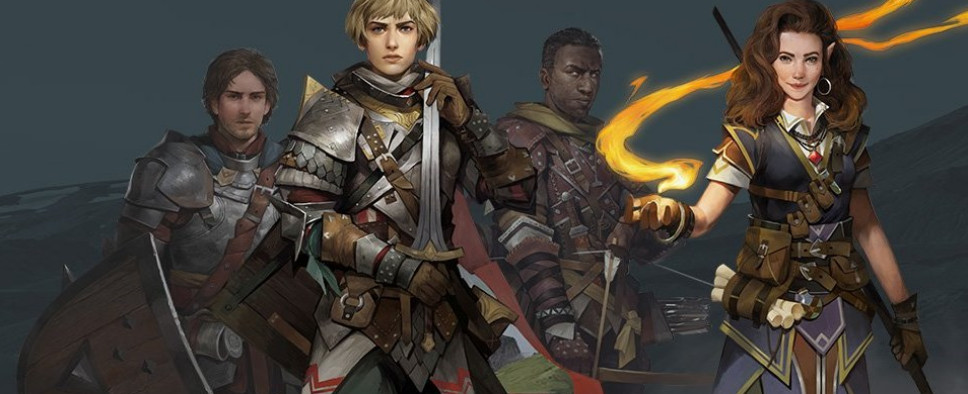Pathfinder: Kingmaker - A Retrospective Look at Character Sheet Design
-
Category: News ArchiveHits: 1513

Owlcat Games recently updated their journal website, and then followed that up with a massive article on said website that examines Pathfinder: Kingmaker’s character sheet design, how it came to be, and how it evolved over time. If you have any interest in how video games are made, it’s quite an interesting read. Here’s a couple of sample paragraphs:
Information Design
The primary data input was the original character sheet, documentation from the game designers, the Core Rulebook of the tabletop system, and part of a layout that had already been designed for the inventory interface.
Obviously, it was impossible to simply recreate the paper version of the character sheet on screen. The computer version of the game featured a smaller list of skills, but also increased the number of conditions and effects that would need to be displayed. There were also some other characteristics included that were not normally displayed on the paper version of the sheet.
Rethinking how to translate a character sheet on paper into a digital version led to the idea of splitting the screen into three columns. Actually, it would be more accurate to say that it led to the idea of extending the inventory interface that already existed. The left third of the screen would become a “cross-cut” section of core information about the character. One of the key elements of this section was a portrait. Unlike in other modern RPGs, where the character’s main representation is a 3D model, we used a drawn portrait to identify the player as the hero of the game. We wanted to place an emphasis on the portrait for several reasons: first, we wished to follow in the footsteps of Baldur’s Gate, as a sort of “spiritual successor” to the game and the genre. Second, a drawn portrait can express a wide range of complex emotions. This makes it a better choice for capturing the essence of a character, and increases player immersion.
The rest of the section would answer the questions, “who?” and “what?” A chaotic good, half-orc barbarian, strong and handsome, but also stupid, hits with a hammer like this, is protected like that, etc. The remaining two sections would be filled with details about special skills, abilities and the history of the character. Using this interface design, all the character information would be grouped and distributed into sections across columns and pages, so that everything was partitioned logically.

